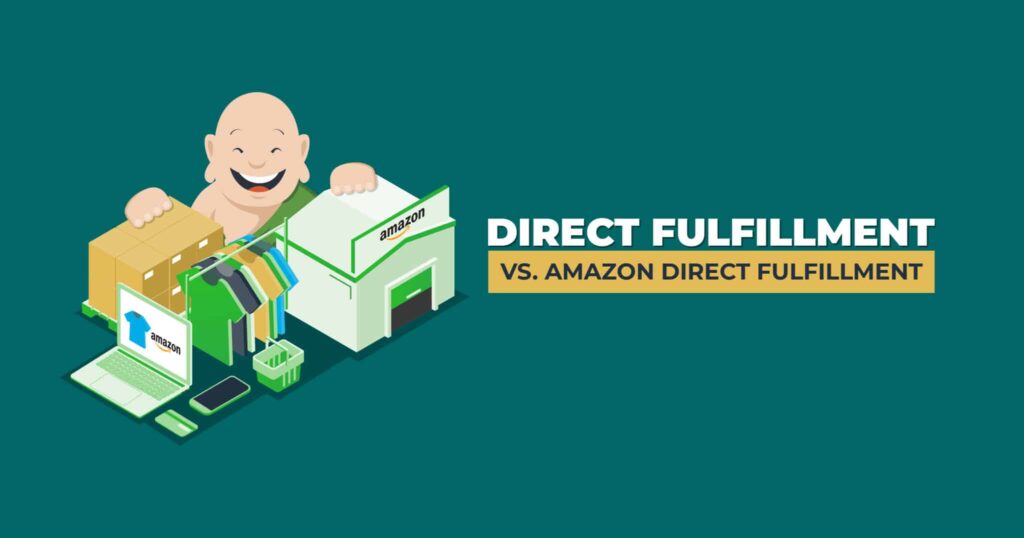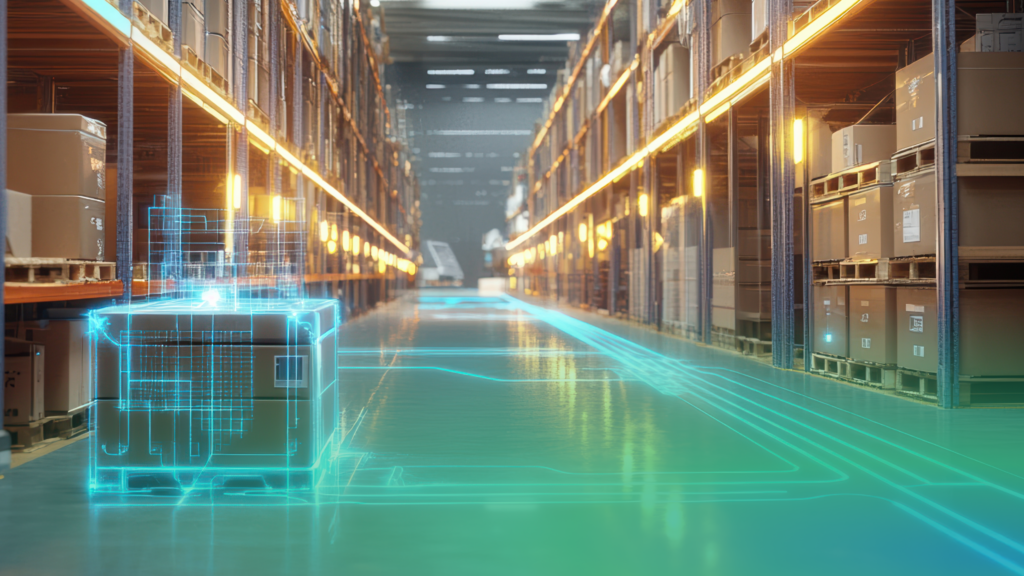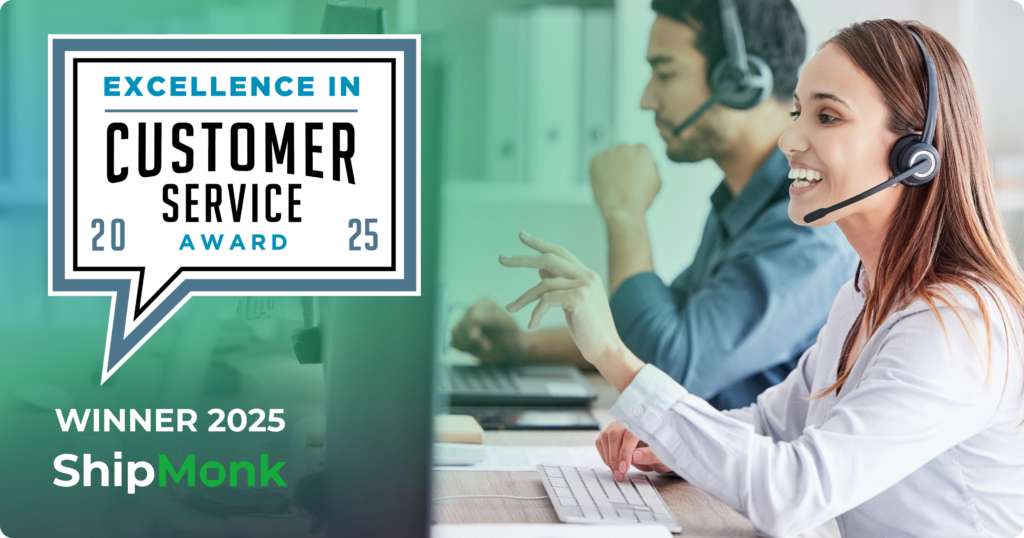Any ecommerce business that ships orders directly to consumers (the actual end-users of the product) engages in the process of direct fulfillment. Even if those products are sold on Amazon or any other marketplace, if the manufacturer or brand is doing the actual packing and shipping, it’s considered direct fulfillment. Recently Amazon introduced a new program called Amazon Direct Fulfillment, which is causing some confusion in the ecommerce world.
This article will explain the difference between direct fulfillment vs. Amazon Direct Fulfillment. Even if you’re not running an ecommerce business but just an average consumer, it is eye-opening to learn where your products are coming from and how to tell whether you’re buying from Amazon, or directly from your favorite brands. So, read on!
What is Direct Fulfillment?
Direct fulfillment is the process of shipping ecommerce orders direct to consumers (DTC or D2C, for short). An ecommerce business may run their own direct fulfillment operations, (that is, storing and shipping their inventory from a direct fulfillment center) or they may outsource fulfillment operations to a 3PL (third party logistics) provider which manages order fulfillment for numerous ecommerce businesses.
The alternative to DTC fulfillment is wholesale (or B2B fulfillment), where ecommerce businesses sell merchandise in bulk to retailers, who then sell and ship the products directly to consumers. For ecommerce businesses that sell on Amazon, as well as consumers who shop on Amazon, the difference between D2C and B2B can be confusing. Amazon is both a retailer that buys, sells and ships merchandise under the Amazon brand; it is also a marketplace, where independent ecommerce businesses can sell and ship their merchandise under their own brand name.
Amazon Seller vs. Amazon Vendor
A D2C ecommerce business that sells its merchandise on Amazon but handles its own fulfillment (whether through their own fulfillment center or through a 3PL provider) is considered an Amazon seller. These sellers pay fees to market their goods on Amazon, and must qualify for either Amazon’s FBM (Fulfillment by Merchant) or SFP (Seller Fulfilled Prime) programs by proving they can meet Amazon’s standards. On the plus side, these merchants retain control of their brand and their inventory fees by storing merchandise in their own warehouse, or with a 3PL.
An Amazon vendor, on the other hand, is a wholesaler or manufacturer that supplies goods to Amazon for sale under the Amazon brand name. Amazon purchases the merchandise, stores it in its own warehouses, and identifies it on their website as “Sold by Amazon.” Vendors must qualify for the Fulfilled by Amazon (FBA) program by having the proper system integrations including Electronic Data Interchange (EDI) capabilities), freight shipping partners, and specified packaging and labeling required by Amazon warehouses. FBA vendors not only pay high fees to Amazon for the shelf space, they are expected to maintain high sales volume and minimum quantities of their inventory or risk losing their FBA certification. Order volume must be very high to justify the fees for FBA. Also, unlike sellers on Amazon FBM or SFP, FBA vendors relinquish control of their inventory after shipping it to Amazon. Once Amazon pays for the merchandise, the vendor no longer owns it.
Some multi-channel ecommerce businesses use a combination of DTC fulfillment and FBA by splitting their inventory between their 3PL fulfillment center(s) and Amazon warehouses. A full-service, FBA-certified 3PL like ShipMonk can help merchants qualify for FBA by handling the technological integrations, offering FBA prep services, and shipping the inventory in bulk to Amazon warehouses.
If you are an Amazon seller and have no interest in becoming an Amazon vendor, you can stop reading now, because Amazon’s latest program, Amazon Direct Fulfillment, only applies to Amazon vendors.
What is Amazon Direct Fulfillment?
Amazon Direct Fulfillment was developed in response to the COVID pandemic and the major supply chain disruptions that occurred because of it. Amazon found itself running out of products and unable to restock its shelves when vendors began experiencing long lead times and shipping delays. The Amazon Direct Fulfillment program, formerly known as Amazon Dropship Central, was established to help prevent stockouts by having qualified vendors fulfill orders directly to consumers when the Amazon warehouses ran low on merchandise.
Amazon vendors can sign up for the program, but to qualify, they must have stock on hand in a U.S. warehouse with small-parcel, direct fulfillment capabilities. Orders continue to be filled until the bulk wholesale order is received from Amazon to restock core Amazon fulfillment centers. In this way, Amazon doesn’t have to mark the item as out of stock, and there is no break in the revenue stream for either party. The wholesale vendor also maintains its FBA certification and doesn’t jeopardize its relationship with the retail giant due to supply chain issues outside of its control.
Amazon Direct Fulfillment vs. Drop Shipping
If you say, that sounds like drop shipping, you’d be right. But there are some subtle differences.
Drop shipping is a sales channel in which a retail seller lists a product on its website, but does not purchase or store any inventory. When an order is placed, they forward it to the manufacturer or vendor, who handles shipping and returns. The seller provides marketing and maintains the online storefront, but only pays the vendor for what they sell. The vendor will usually demand a higher wholesale cost to cover their shipping and warehousing costs.
With Amazon Direct Fulfillment, the vendor acts as a drop shipper for Amazon. The difference is that this status is temporary, lasting only until the bulk wholesale order is fulfilled and Amazon’s shelves are restocked. Secondly, Amazon does not pay more than the wholesale price for the items the vendor ships, because they pay the vendor for shipping costs, and maintain control of customer service and returns.
Is Amazon Direct Fulfillment Right for You?
If you are an Amazon vendor, then you already have the connections in place to sign up for Amazon Direct Fulfillment through Amazon’s EDI (Electronic Data Interchange) system. If you also happen to have your own direct fulfillment warehouse, or partner with a 3PL, then it makes sense to sign up for Amazon Direct Fulfillment to ensure that you don’t lose sales revenue during supply chain disruptions. But if you don’t already have DTC fulfillment operations in place, it doesn’t make sense to invest in the equipment and complex logistics needed, just to qualify for a program that might not be used much.
An ecommerce business that partners with a tech-forward 3PL like ShipMonk for multi-channel DTC fulfillment services has the space and scalability to move into wholesale fulfillment as their business grows. Should you decide to become an Amazon vendor, ShipMonk’s international footprint and B2B shipping capabilities can help you qualify for Amazon FBA while managing your direct fulfillment operations at the same time. Take a quick 360 tour of our facilities or contact us today, and find out how our industry-leading logistics and direct fulfillment services can help you reach next-level growth, no matter what that next level is!





